‘Desperate sellers’: Aussie home prices collapse
Aussie home prices in part of the country are in free fall as desperate homeowners are forced to sell their prized assets.
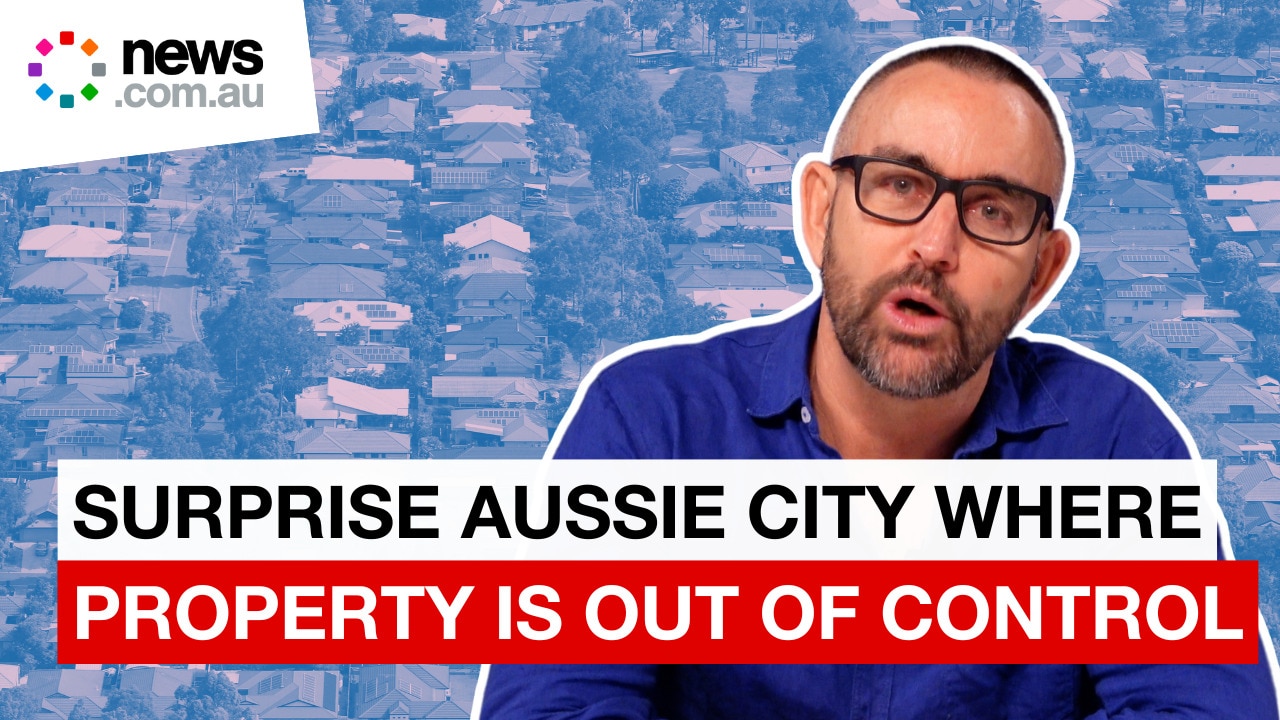
The growth in Aussie home prices has cooled considerably over the last 12 months, even though some cities and major suburbs continue to set new price records.
As uncertainty continues over interest rate cuts by the Reserve Bank of Australia, the latest PropTrack Home Price Index results released on Tuesday show national home prices grew just 0.04 per cent across the country in September.
In the capital cities, that price rise was just 0.01 per cent.
However, it’s not good news for homeowners from coast to coast.
MORE: Isla Fisher’s post-divorce setback
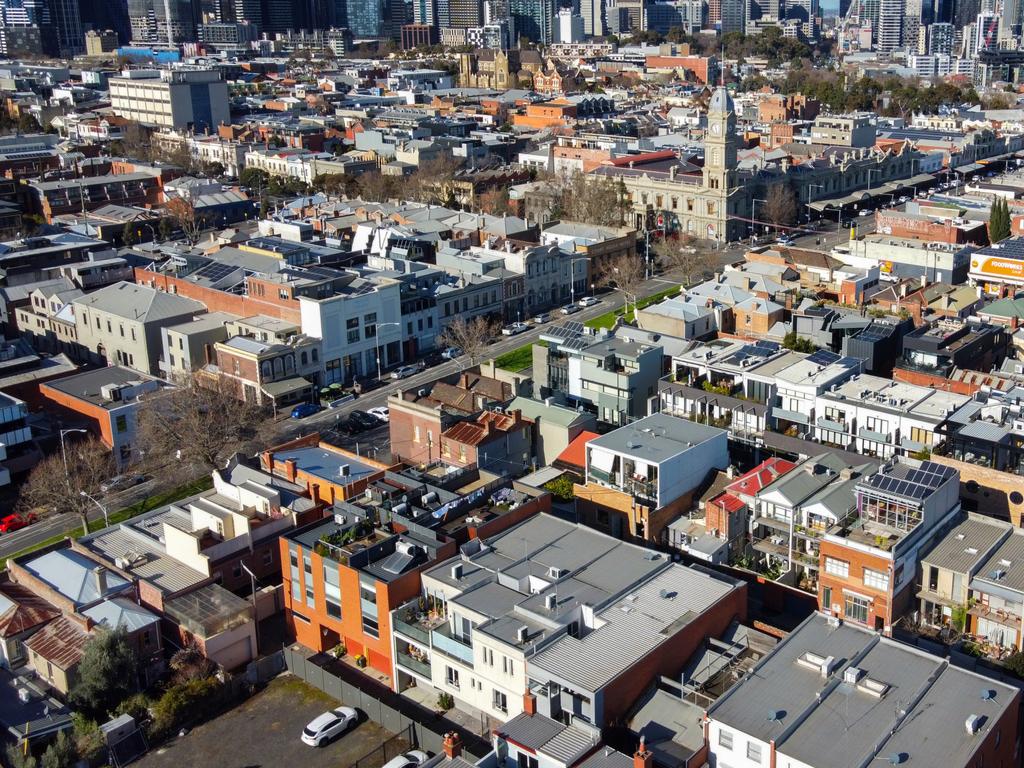
MELBOURNE HOME PRICES IN FREEFALL
Home prices across Melbourne are now almost two per cent cheaper than they were last year – the only Australian capital where that is the case.
The average Melbourne home is now around 1.8 per cent cheaper than this time in October 2023.
Melbourne homeowners have had a grim start to spring with a sixth straight month of falling home values, with the city’s typical unit price now below Adelaide’s.
PropTrack’s latest Home Price Index shows that by the end of September the Victorian capital’s $606,000 median value for apartments, townhouses and flats was down by close to $5000 compared to the same time in 2023.
It’s enough to put Melbourne behind Adelaide’s $607,000 median unit price.
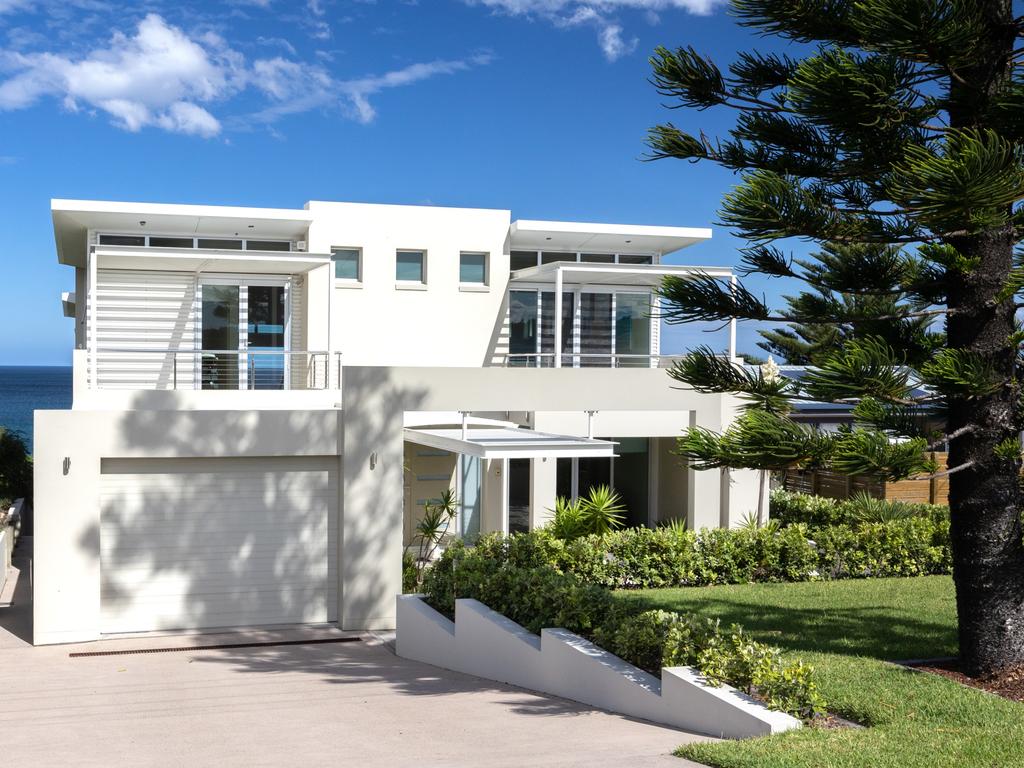
Melbourne homeowners have had a grim start to spring with a sixth straight month of falling home values, with the city’s typical unit price now below Adelaide’s.
PropTrack’s latest Home Price Index shows that by the end of September the Victorian capital’s $606,000 median value for apartments, townhouses and flats was down by close to $5000 compared to the same time in 2023.
It’s enough to put Melbourne behind Adelaide’s $607,000 median unit price
In good news for homebuyers it is now Australia’s fifth-cheapest capital to buy a unit in, also behind Sydney, Brisbane and Canberra.
Melbourne’s $909,000 median house price fell about $18,000 (1.97 per cent) in the past year, but remains the nation’s fourth most expensive behind Sydney, Brisbane and Canberra. ORE: Insane amount of cash Kyle Sandilands dropped in LA
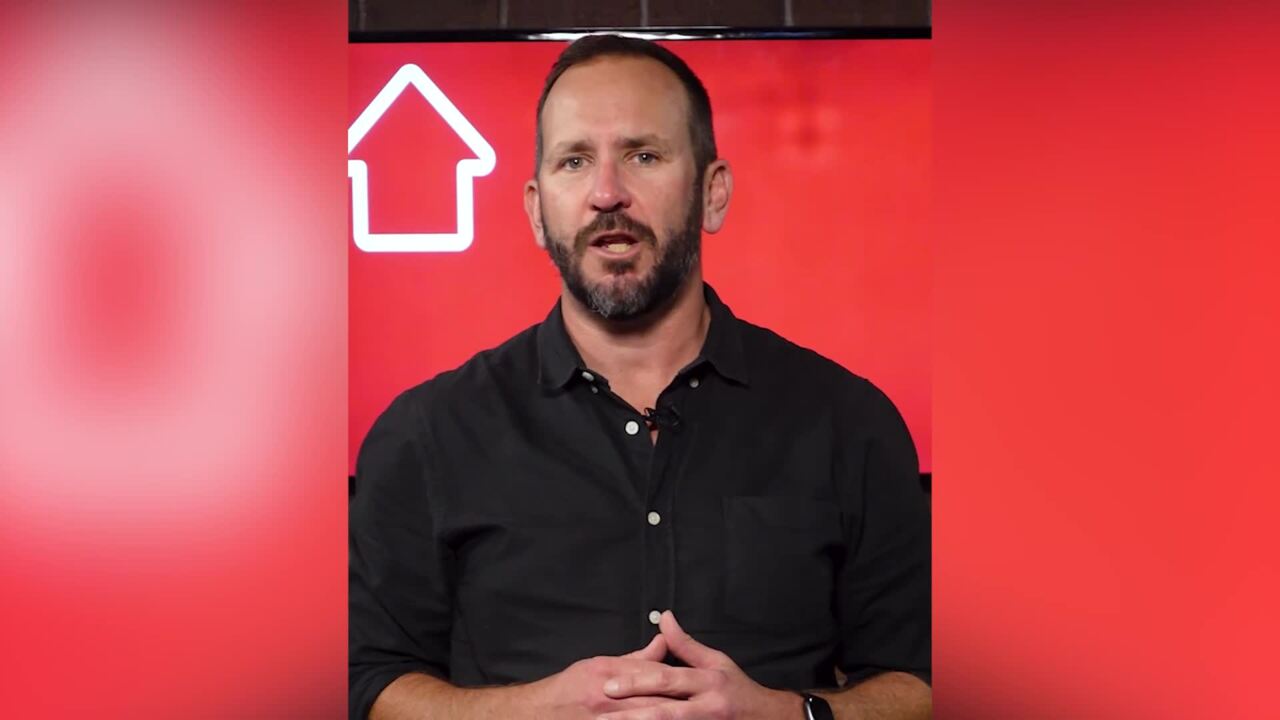
MORE on Melbourne’s falling home prices
TASMANIA’S HUGE HOME PRICE TURNAROUND
Hobart and Canberra are the other capital cities where home prices are collapsing. It’s a big turnaround from the huge growth of the last few years.
Hobart prices dropped an average of 0.31 per cent and Melbourne prices fell 0.3 per cent.
Among the smaller capitals, Hobart prices are about 1 per cent cheaper than in September 2023, while Canberra prices are about 0.38 per cent lower.
Finch Financial chief executive Julian Finch said vendors were increasingly under pressure to sell quickly.
“(Some) sellers are now desperate. There are a lot of stressed homeowners and property investors that are trying to offload their properties and they are prepared to sell it to the first person that offers them the best deal,” Mr Finch said
Home prices have also begun to fall in some Sydney suburbs due to a rise in listings and fall in demand as prospective buyers ignore rate cut chatter.
MORE: Secret war to transform Sydney’s favourite pubs
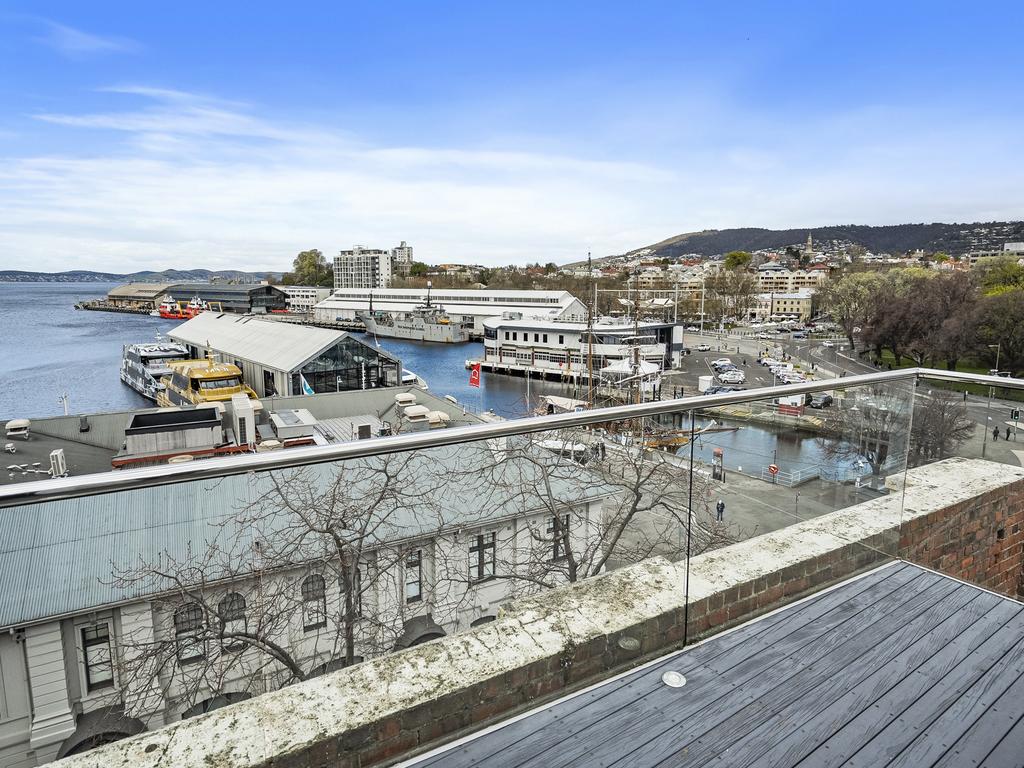
SYDNEY HOME PRICES PLATEAU
Prices in Sydney, moved up just 0.01 per cent in September according to PropTrack’s Home Price Index.
This pushed the median price of a dwelling, based on sales of units, townhouses and houses, to $1,103,000 – about 5.9 per cent higher than a year ago. September growth was slower than the month prior when prices rose by about 0.32 per cent, but there was also a wide variance in price movements across Sydney regions.
Most outer city areas, along with the eastern suburbs, recorded strong growth, while prices fell back within inner areas. Dwelling prices in Sydney’s CBD and inner south are now an average of about 0.64 per cent lower than they were three months ago, while inner west prices dropped 0.16 per cent over the same quarter.
MORE: Abandoned TikTok mansion in $8m deal
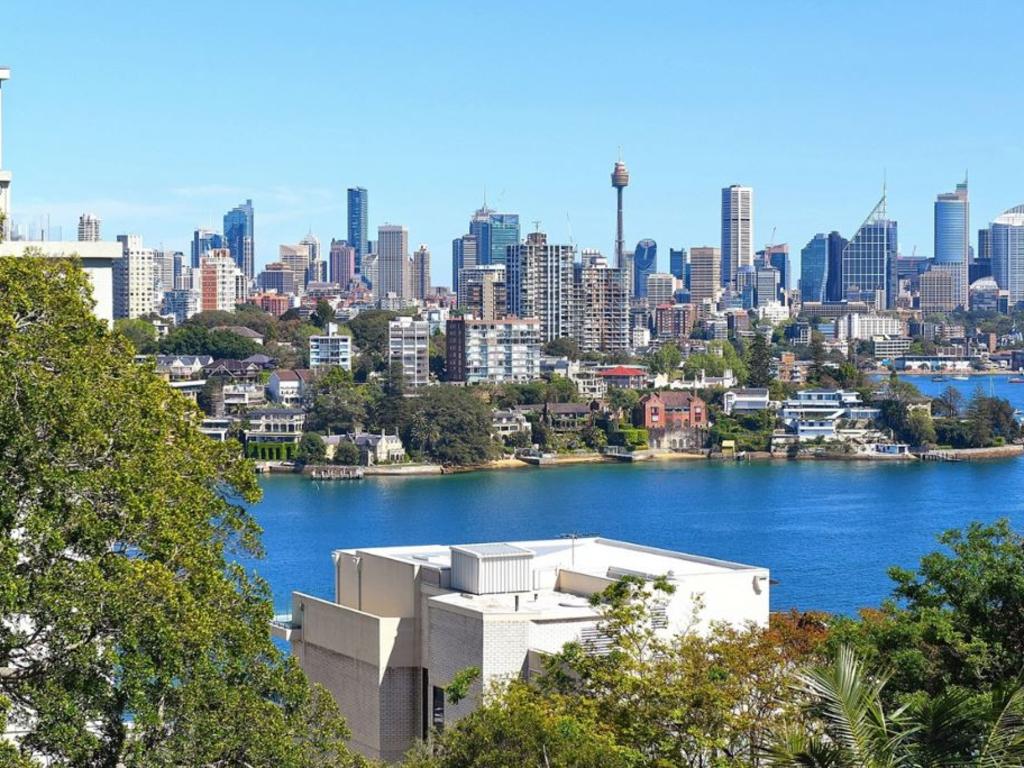
MORE on where Sydney home prices are falling
UP 75 PER CENT: BRISBANE HOME PRICES HIT NEW RECORD
Brisbane home prices hit a new peak in September, according to PropTrack’s Home Price Index.
Brisbane’s median dwelling prices hit $855,000 in September, with prices rising over 75 per cent in the past four years.
Brisbane continues to see strong demand from buyers, especially interstate investors, due to a substantial $248,000 gap between it and Sydney.
PropTrack senior economist Eleanor Creagh said Brisbane had a 13.31 per cent rise in home prices in the past year, while the rest of Queensland did not fare much better with a 10.98 per cent increase to $695,000.
“Since the pandemic onset in March 2020, home prices have surged across Queensland, increasing by 75.2 per cent in Brisbane and 75.3 per cent in regional Queensland,” she said, while Sydney and NSW rose 38.5 and 53.8 per cent respectively.
MORE: Record $34m auction bid falls flat
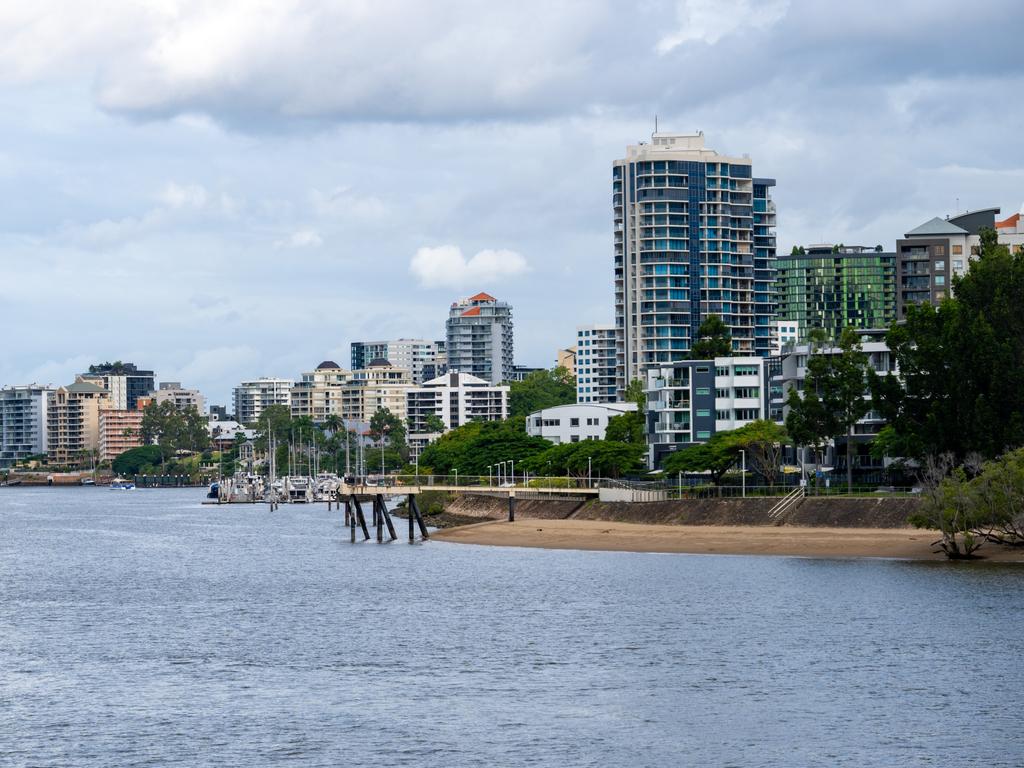
MORE on Brisbane’s record home prices
ADELAIDE ENJOYS AUSTRALIA’S STRONGEST HOME PRICE GROWTH
Adelaide enjoyed the strongest price growth across the country in September.
PropTrack’s latest Home Price Index shows Adelaide home prices rose 0.53 per cent in September, this year, recording the greatest growth of all capitals.
It means the average home now transacts for $778,000, sitting just $14,000 behind Melbourne’s median.
PropTrack senior economist and report author Eleanor Creagh said Adelaide home prices had surged since the onset of the pandemic due to their relative affordability.
“Adelaide was the top performing capital city in September, as home prices rose 0.53 per cent to a new peak, up 15.05 per cent year-on-year,” she said.
“Though growth has slowed, low stock levels are intensifying competition, and sellers hold the upper hand this spring.
MORE: Abandoned TikTok mansion in $8m deal
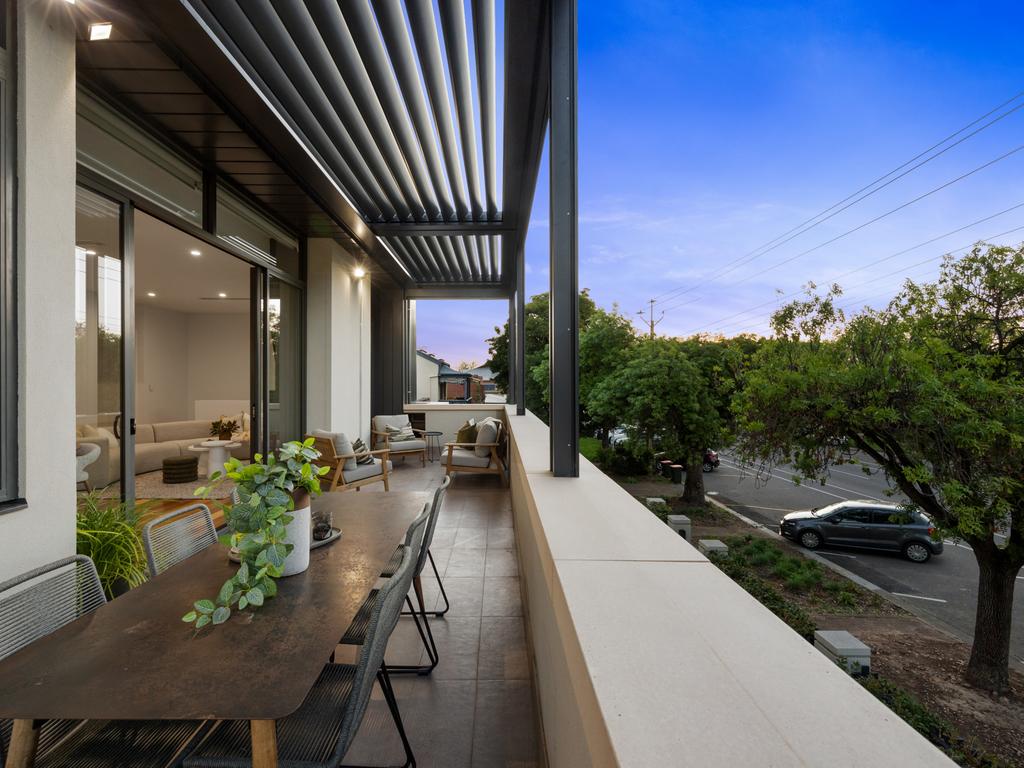
“Although the number of properties hitting the market has increased, total stock on market remains well below the prior five-year average as new listings are quickly absorbed amid strong buyer demand.




